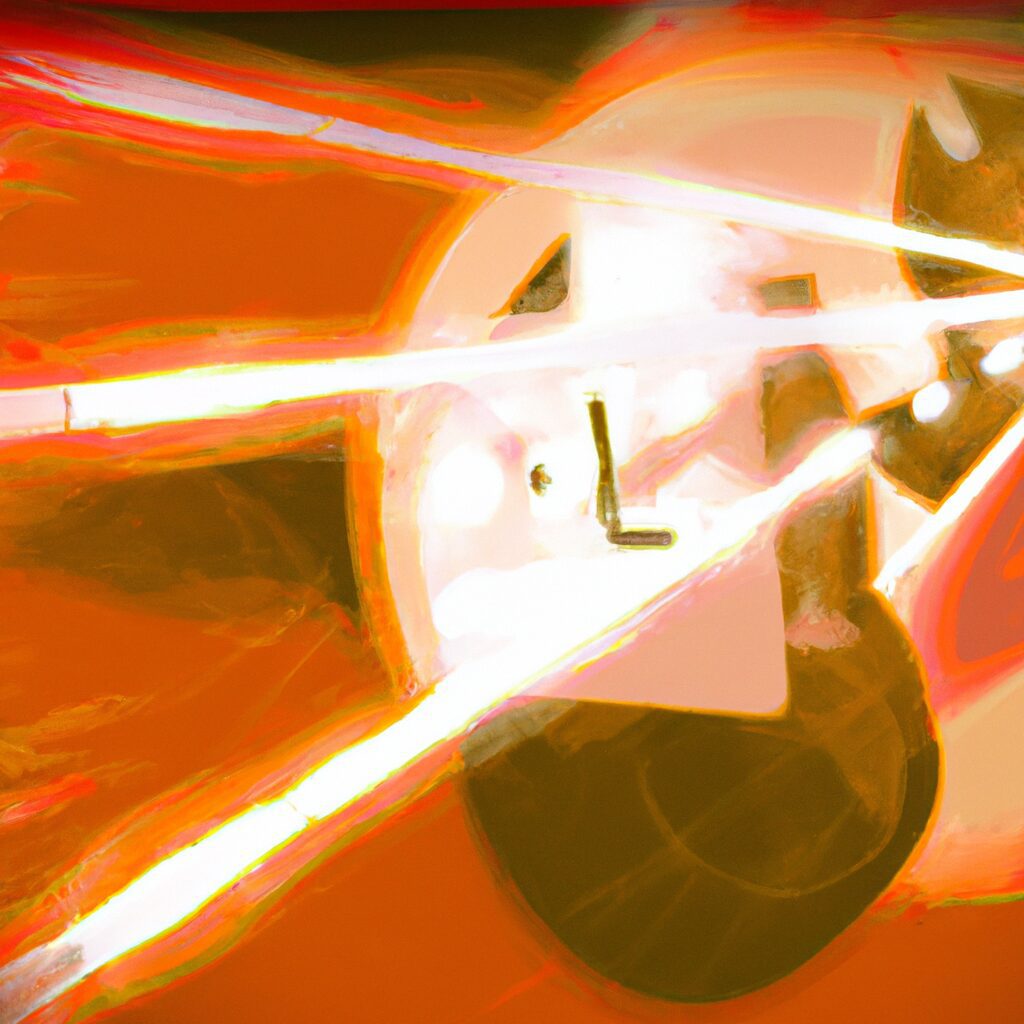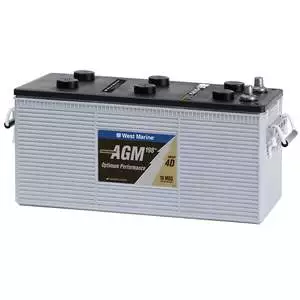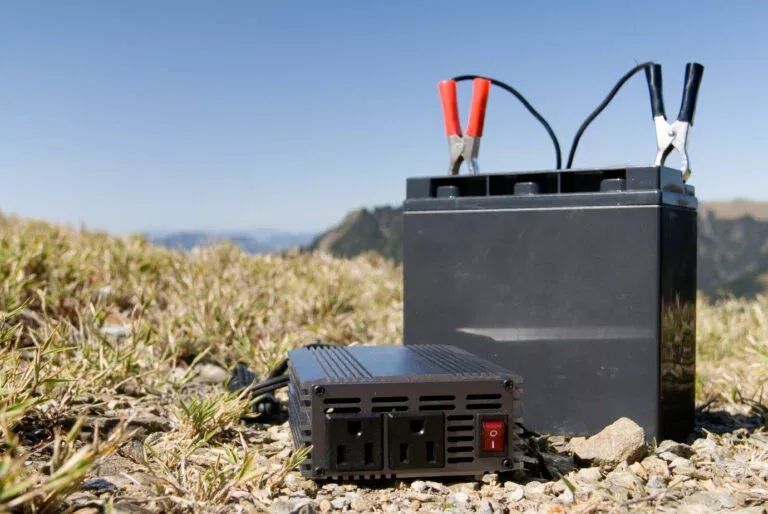turn signal blinking fast when brakes are applied
Introduction
When you apply the brakes in your car, you may notice that the turn signal begins to blink faster than usual. This is a safety feature that is designed to alert other drivers that you are slowing down or stopping. The faster blinking of the turn signal is a warning to other drivers that you are about to make a turn or stop. It is important to be aware of this feature and use it properly to ensure the safety of yourself and other drivers on the road.
How to Diagnose a Faulty Turn Signal When the Brakes are Applied
Diagnosing a faulty turn signal when the brakes are applied can be a tricky process. To begin, it is important to understand the components of the turn signal system. The system consists of a turn signal switch, a flasher unit, and the turn signal bulbs.
The first step in diagnosing a faulty turn signal is to check the turn signal switch. This switch is located on the steering column and is responsible for activating the turn signal. To check the switch, turn the ignition to the “on” position and activate the turn signal. If the turn signal does not activate, then the switch may be faulty and should be replaced.
The next step is to check the flasher unit. This unit is responsible for controlling the rate at which the turn signal flashes. To check the flasher unit, locate it under the dashboard and remove it. Once removed, check the terminals for any signs of corrosion or damage. If the terminals are corroded or damaged, then the flasher unit should be replaced.
The last step is to check the turn signal bulbs. To check the bulbs, locate them in the headlight assembly and remove them. Once removed, inspect the bulbs for any signs of damage or corrosion. If the bulbs are damaged or corroded, then they should be replaced.
Once all of the components have been checked and replaced, if necessary, the turn signal should be functioning properly when the brakes are applied. If the turn signal is still not functioning properly, then further diagnosis may be necessary.
The Benefits of a Fast-Blinking Turn Signal When the Brakes are Applied
The use of a fast-blinking turn signal when the brakes are applied is a safety feature that can be found in many modern vehicles. This feature is designed to alert other drivers of the driver’s intention to turn or change lanes. When the brakes are applied, the turn signal will blink rapidly, indicating to other drivers that the vehicle is slowing down and that the driver is preparing to turn.
The fast-blinking turn signal is beneficial for a number of reasons. First, it provides a visual cue to other drivers that the vehicle is slowing down and that the driver is preparing to turn. This can help to reduce the risk of a collision, as other drivers will be more aware of the vehicle’s intentions. Additionally, the fast-blinking turn signal can help to reduce the risk of rear-end collisions, as it will alert drivers behind the vehicle that it is slowing down.
The fast-blinking turn signal can also be beneficial in situations where visibility is limited. For example, if the vehicle is driving in foggy or rainy conditions, the fast-blinking turn signal can help to alert other drivers of the vehicle’s intentions. This can help to reduce the risk of a collision, as other drivers will be more aware of the vehicle’s movements.
Finally, the fast-blinking turn signal can help to reduce driver fatigue. When the brakes are applied, the turn signal will blink rapidly, indicating to other drivers that the vehicle is slowing down. This can help to reduce the need for the driver to constantly check their mirrors and look over their shoulder, as other drivers will be more aware of the vehicle’s intentions.
Overall, the fast-blinking turn signal is a beneficial safety feature that can help to reduce the risk of collisions and driver fatigue. By providing a visual cue to other drivers that the vehicle is slowing down and that the driver is preparing to turn, the fast-blinking turn signal can help to make roads safer for everyone.
Common Causes of a Fast-Blinking Turn Signal When the Brakes are Applied
When the turn signal is blinking rapidly when the brakes are applied, it is likely due to a faulty brake light switch. This switch is responsible for activating the brake lights when the brakes are applied, and it also sends a signal to the turn signal relay to cause the turn signal to blink. If the switch is faulty, it can cause the turn signal to blink rapidly.
In some cases, the issue may be due to a faulty turn signal relay. This relay is responsible for controlling the speed of the turn signal blink. If the relay is faulty, it can cause the turn signal to blink rapidly.
In some vehicles, the issue may be due to a faulty wiring connection. If the wiring connection between the brake light switch and the turn signal relay is loose or corroded, it can cause the turn signal to blink rapidly.
In some cases, the issue may be due to a faulty bulb. If the bulb is faulty, it can cause the turn signal to blink rapidly.
In some vehicles, the issue may be due to a faulty fuse. If the fuse is faulty, it can cause the turn signal to blink rapidly.
If the turn signal is blinking rapidly when the brakes are applied, it is important to have the issue diagnosed and repaired as soon as possible. A faulty brake light switch, turn signal relay, wiring connection, bulb, or fuse can all cause the turn signal to blink rapidly, and this can be dangerous for other drivers on the road.
How to Fix a Fast-Blinking Turn Signal When the Brakes are Applied
If your turn signal is blinking rapidly when the brakes are applied, it is likely due to a faulty brake light switch. This switch is responsible for activating the brake lights when the brakes are applied, and it can also cause the turn signal to blink rapidly. Fortunately, this is a relatively easy problem to fix.
First, locate the brake light switch. It is usually located near the brake pedal, and it is connected to the brake pedal arm. Once you have located the switch, disconnect the electrical connector from the switch.
Next, remove the switch from the brake pedal arm. This can be done by loosening the mounting screws and then pulling the switch away from the arm.
Once the switch is removed, inspect it for any signs of damage or corrosion. If the switch is damaged or corroded, it should be replaced. If the switch appears to be in good condition, it can be reinstalled.
To reinstall the switch, simply reverse the steps used to remove it. Make sure to tighten the mounting screws securely, and then reconnect the electrical connector.
Once the switch is reinstalled, test it by applying the brakes. If the turn signal no longer blinks rapidly, the problem has been fixed. If the turn signal continues to blink rapidly, the switch may need to be replaced.
The Safety Implications of a Fast-Blinking Turn Signal When the Brakes are Applied
The use of a fast-blinking turn signal when the brakes are applied can have serious safety implications. This type of signal is often used to indicate that the driver is slowing down or stopping, and it is important for other drivers to be aware of this. However, if the signal is too fast, it can be difficult for other drivers to recognize and respond to it in time.
When a driver applies the brakes, the turn signal should blink at a rate of approximately one blink per second. This rate is slow enough for other drivers to recognize and respond to the signal, but fast enough to indicate that the driver is slowing down or stopping. If the signal blinks too quickly, it can be difficult for other drivers to recognize and respond to it in time. This can lead to dangerous situations, such as rear-end collisions or other types of accidents.
In addition, a fast-blinking turn signal can be distracting to other drivers. If the signal is too bright or too fast, it can draw the attention of other drivers away from the road and potentially cause them to miss important visual cues. This can lead to dangerous situations, such as failing to notice a pedestrian crossing the street or another vehicle in the driver’s blind spot.
For these reasons, it is important for drivers to use a turn signal that blinks at a rate of approximately one blink per second when the brakes are applied. This rate is slow enough for other drivers to recognize and respond to the signal, but fast enough to indicate that the driver is slowing down or stopping. By using this rate, drivers can help ensure the safety of themselves and other drivers on the road.
The Different Types of Turn Signals and How They React When the Brakes are Applied
Turn signals are an important safety feature of any vehicle, allowing drivers to communicate their intentions to other drivers on the road. There are several different types of turn signals, each of which reacts differently when the brakes are applied.
The most common type of turn signal is the mechanical turn signal, which is operated by a lever on the steering column. When the lever is pushed up or down, the turn signal will flash in the corresponding direction. When the brakes are applied, the turn signal will stop flashing and remain in the “on” position.
Another type of turn signal is the electronic turn signal, which is operated by a switch on the dashboard. When the switch is pressed, the turn signal will flash in the corresponding direction. When the brakes are applied, the turn signal will stop flashing and remain in the “on” position.
A third type of turn signal is the LED turn signal, which is operated by a switch on the dashboard. When the switch is pressed, the turn signal will flash in the corresponding direction. When the brakes are applied, the turn signal will stop flashing and remain in the “on” position.
Finally, there is the automatic turn signal, which is operated by a sensor in the vehicle. When the vehicle is turning, the turn signal will automatically flash in the corresponding direction. When the brakes are applied, the turn signal will stop flashing and remain in the “on” position.
In conclusion, there are several different types of turn signals, each of which reacts differently when the brakes are applied. Mechanical turn signals will remain in the “on” position when the brakes are applied, while electronic, LED, and automatic turn signals will stop flashing and remain in the “on” position. It is important to understand how each type of turn signal works in order to ensure safe driving.
The History of the Fast-Blinking Turn Signal When the Brakes are Applied
The fast-blinking turn signal when the brakes are applied is a safety feature that has been around for decades. It is designed to alert other drivers that the vehicle is slowing down or stopping, and to help prevent rear-end collisions.
The first version of this feature was introduced in the late 1950s by the automotive company Nash. It was a simple system that used a mechanical switch to activate the turn signal when the brakes were applied. This system was not widely adopted, however, as it was prone to failure and was not very reliable.
In the 1970s, the technology was improved upon with the introduction of the electronic turn signal system. This system used an electronic switch to activate the turn signal when the brakes were applied. This system was much more reliable and was quickly adopted by many automakers.
Today, the fast-blinking turn signal when the brakes are applied is a standard feature on most vehicles. It is designed to alert other drivers that the vehicle is slowing down or stopping, and to help prevent rear-end collisions. The system is activated when the brakes are applied, and the turn signal will blink rapidly for a few seconds before returning to its normal speed.
The fast-blinking turn signal when the brakes are applied is an important safety feature that has been around for decades. It is designed to alert other drivers that the vehicle is slowing down or stopping, and to help prevent rear-end collisions. This feature has saved countless lives and continues to be an important part of vehicle safety.
The Pros and Cons of a Fast-Blinking Turn Signal When the Brakes are Applied
The use of a fast-blinking turn signal when the brakes are applied is a feature that is becoming increasingly popular in modern vehicles. This feature is designed to alert other drivers that the vehicle is slowing down or stopping, and can be a useful tool for increasing safety on the road. However, there are both pros and cons to this feature that should be considered before deciding whether or not to install it in a vehicle.
The primary benefit of a fast-blinking turn signal when the brakes are applied is that it can help to alert other drivers that the vehicle is slowing down or stopping. This can be especially useful in situations where the driver is unable to use their turn signal due to the speed of the vehicle or the proximity of other cars. By providing an additional visual cue, this feature can help to reduce the risk of rear-end collisions and other accidents.
On the other hand, there are some potential drawbacks to this feature as well. For example, the fast-blinking turn signal can be distracting to other drivers, especially if they are not expecting it. Additionally, the feature can be difficult to see in certain lighting conditions, such as at night or in foggy weather. Finally, the feature can be difficult to activate in some vehicles, as it requires the driver to press a specific button or switch.
In conclusion, a fast-blinking turn signal when the brakes are applied can be a useful tool for increasing safety on the road. However, it is important to consider both the pros and cons of this feature before deciding whether or not to install it in a vehicle.
Q&A
Q: Why does my turn signal blink fast when I apply the brakes?
A: This is a safety feature that alerts other drivers that you are slowing down or stopping. It is designed to help prevent accidents by making your intentions more visible to other drivers.
Conclusion
In conclusion, it is important to note that when the brakes are applied, the turn signal should blink rapidly. This is a safety feature that helps alert other drivers that the vehicle is slowing down or stopping. It is important to make sure that the turn signal is working properly and that it is blinking rapidly when the brakes are applied.




